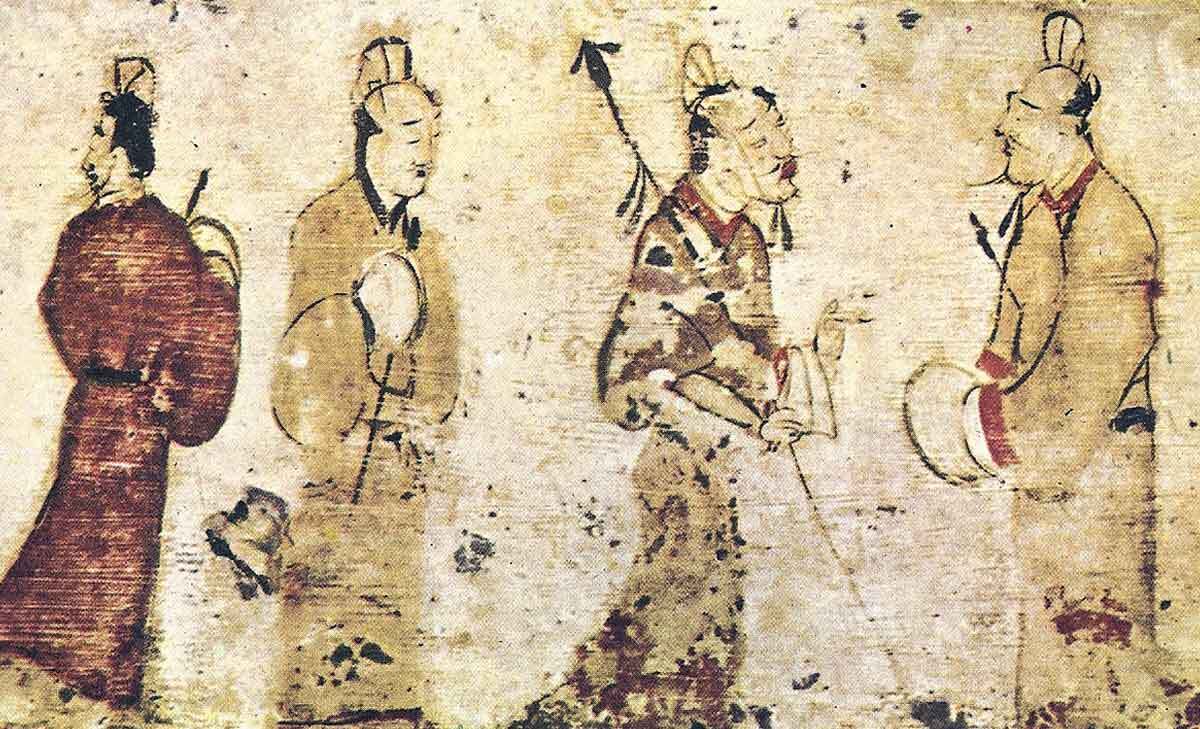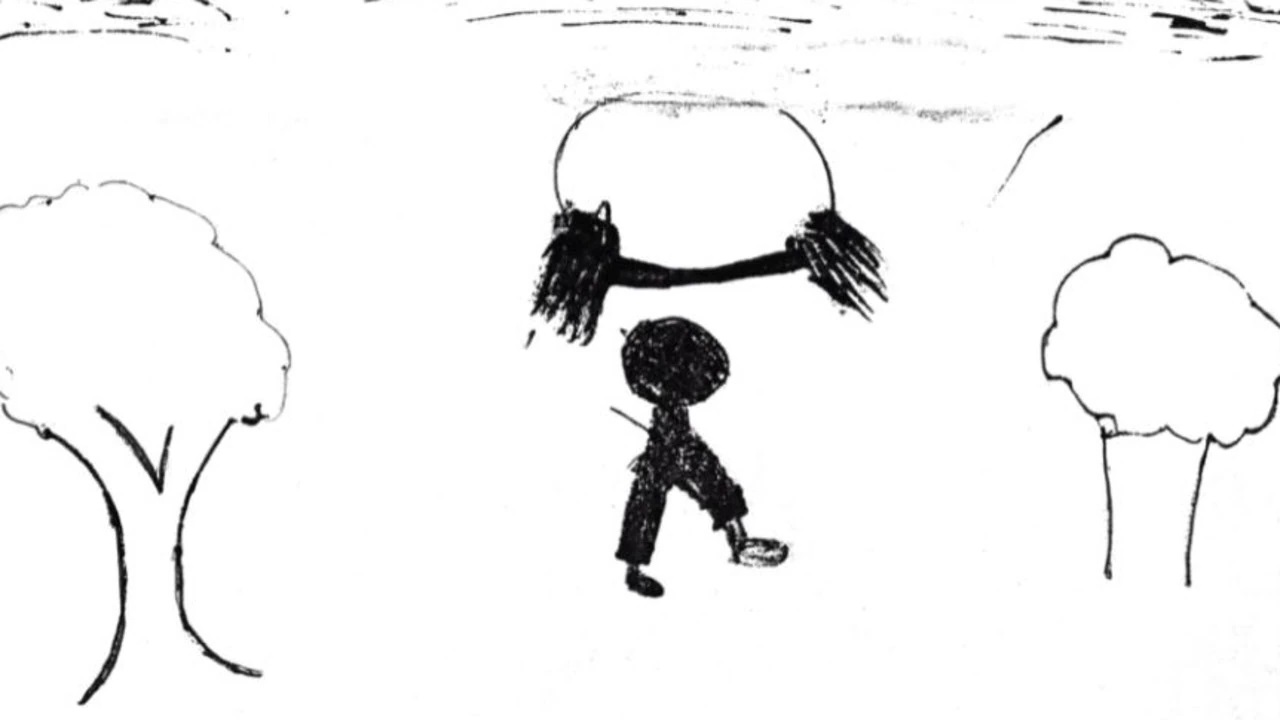
Wuxing, also known as the Five Elements, is a fundamental concept in Chinese philosophy that describes the interactions and relationships between five natural elements: Wood, Fire, Earth, Metal, and Water. These elements are believed to be the building blocks of everything in the universe, influencing various aspects of life, including health, personality, and even the seasons. Understanding Wuxing can provide valuable insights into traditional Chinese medicine, martial arts, and feng shui. Each element has its own unique characteristics and associations, creating a dynamic system of balance and harmony. Ready to dive into the fascinating world of Wuxing? Here are 30 intriguing facts that will deepen your appreciation for this ancient philosophy.
Key Takeaways:
- Wuxing, or the Five Elements, is a cool concept in Chinese philosophy that shows how nature and our bodies are connected. Each element has its own special powers!
- Wuxing isn't just a theory—it's part of Chinese medicine, Feng Shui, martial arts, and astrology! It's like a superpower that helps people understand and improve their lives.
What is Wuxing?
Wuxing, also known as the Five Elements or Five Phases, is a fundamental concept in Chinese philosophy. It represents the dynamic interactions and relationships between five elements: Wood, Fire, Earth, Metal, and Water. These elements are believed to influence various aspects of life, including health, personality, and the natural world.
- Wood symbolizes growth, vitality, and flexibility. It is associated with spring and the liver in traditional Chinese medicine.
- Fire represents heat, energy, and transformation. It corresponds to summer and the heart.
- Earth stands for stability, nourishment, and balance. It is linked to late summer and the spleen.
- Metal signifies strength, structure, and clarity. It is connected to autumn and the lungs.
- Water embodies fluidity, adaptability, and wisdom. It relates to winter and the kidneys.
Historical Background of Wuxing
The concept of Wuxing has ancient roots in Chinese culture, influencing various fields such as medicine, astrology, and martial arts. Understanding its history helps appreciate its significance.
- The origins of Wuxing date back to the Zhou Dynasty (1046-256 BCE).
- Zou Yan, a philosopher from the Warring States period, played a crucial role in developing Wuxing theory.
- Wuxing was integrated into Confucianism and Daoism, two major Chinese philosophical systems.
- The Five Elements theory was used to explain natural phenomena and human behavior.
- Ancient Chinese texts like the I Ching and Huangdi Neijing reference Wuxing principles.
Wuxing in Traditional Chinese Medicine
Traditional Chinese Medicine (TCM) heavily relies on Wuxing to diagnose and treat illnesses. Each element corresponds to specific organs and bodily functions.
- Wood is linked to the liver and gallbladder, influencing emotions like anger and creativity.
- Fire governs the heart and small intestine, affecting joy and mental clarity.
- Earth relates to the spleen and stomach, impacting digestion and empathy.
- Metal controls the lungs and large intestine, associated with grief and organization.
- Water oversees the kidneys and bladder, connected to fear and willpower.
Wuxing in Feng Shui
Feng Shui, the ancient Chinese art of harmonizing environments, uses Wuxing to create balanced and auspicious spaces. Each element has specific attributes that influence the energy flow in a space.
- Wood enhances growth and creativity, often represented by plants and wooden furniture.
- Fire brings warmth and energy, symbolized by candles, lights, and red colors.
- Earth provides stability and nourishment, depicted by ceramics, stones, and yellow hues.
- Metal offers clarity and precision, shown through metal objects and white or metallic colors.
- Water promotes calmness and adaptability, represented by fountains, mirrors, and blue tones.
Wuxing in Martial Arts
Martial arts, particularly those originating from China, incorporate Wuxing principles to enhance techniques and strategies. Each element represents different movements and tactics.
- Wood techniques emphasize flexibility and expansion, like reaching and stretching.
- Fire techniques focus on explosive power and direct attacks.
- Earth techniques prioritize stability and grounding, using solid stances and balance.
- Metal techniques highlight precision and cutting movements, similar to slicing or striking.
- Water techniques stress fluidity and adaptability, flowing around obstacles and opponents.
Wuxing in Chinese Astrology
Chinese astrology uses Wuxing to interpret personality traits and predict future events. Each element influences the characteristics of individuals born under its sign.
- Wood people are often creative, compassionate, and idealistic.
- Fire individuals tend to be passionate, energetic, and charismatic.
- Earth personalities are practical, reliable, and nurturing.
- Metal characters are disciplined, organized, and determined.
- Water types are intuitive, adaptable, and introspective.
The Essence of Wuxing
Wuxing, or the Five Elements, offers a fascinating glimpse into ancient Chinese philosophy. These elements—Wood, Fire, Earth, Metal, and Water—aren't just physical substances but dynamic processes that shape the universe. They explain natural phenomena, human behavior, and even health. Understanding Wuxing can deepen your appreciation for Chinese culture and its holistic worldview.
This philosophy emphasizes balance and harmony, showing how interconnected everything is. Whether you're interested in traditional Chinese medicine, martial arts, or feng shui, Wuxing provides a foundational framework. It's amazing how these ancient ideas still resonate today, influencing modern practices and perspectives.
So next time you hear about the Five Elements, remember they're more than just ancient lore. They offer timeless wisdom that can enrich your life in unexpected ways. Dive into Wuxing and see the world through a different lens.
Frequently Asked Questions
Was this page helpful?
Our commitment to delivering trustworthy and engaging content is at the heart of what we do. Each fact on our site is contributed by real users like you, bringing a wealth of diverse insights and information. To ensure the highest standards of accuracy and reliability, our dedicated editors meticulously review each submission. This process guarantees that the facts we share are not only fascinating but also credible. Trust in our commitment to quality and authenticity as you explore and learn with us.


